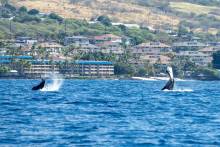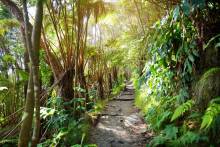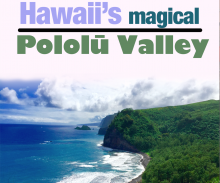Winter on the Kohala Coast of the Big Island is magical, with warm sand under your feet, refreshing ocean breezes and the awe-inspiring show of humpback whales offshore. If you’re planning a winter trip to the Big Island, knowing when and where to see these giants will make your visit unforgettable.
You are here
Spending the holidays on the Big Island means trading snow boots for slippers and icy roads for palm trees. From Thanksgiving through New Year’s, the Kohala Coast is in full celebration mode: sunny beach days, festive resort decor, special holiday dinners, and just enough events to feel merry without feeling crowded.
We put together recommendations for the best activities and restaurants for five different day excursions on the amazing Big Island of Hawaii.
Hawaii's Big Island features an abundance of excellent hiking trails. These trails vary in difficulty and scenery, but they all share a healthy dose of that unique Hawaii wow-factor. Whether your hiking to see imposing volcanoes, lush foliage, or shimmering ocean viewpoints, there's a trail for everyone on the Big Island.
Located on the rugged northern coast of the Big Island, Pololū Valley is one of the island’s most picturesque locations. With high sea cliffs, lush vegetation and a beautiful black sand beach, the valley is sure to impress even the most experienced travelers.





